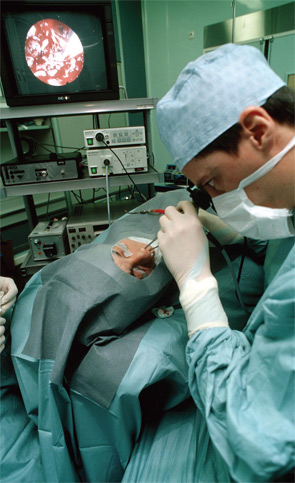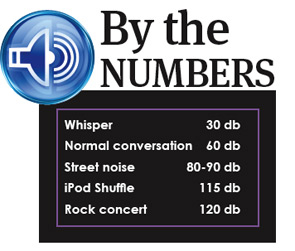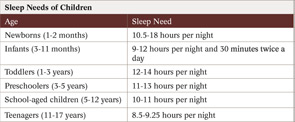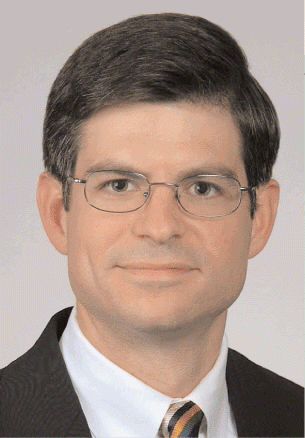Stroke, muscular dystrophy, Parkinson’s disease, gastroesophageal reflux disease (GERD), head and neck cancer, Zenker’s diverticulum—each of these disparate conditions can cause dysphagia.


Stroke, muscular dystrophy, Parkinson’s disease, gastroesophageal reflux disease (GERD), head and neck cancer, Zenker’s diverticulum—each of these disparate conditions can cause dysphagia.
What is the best procedure for surgical management of drooling? Background: Surgical treatment for sialorrhea is considered when conservative measures fail. Options include sublingual gland excision, submandibular gland (SMG) duct […]
Will propranolol become the mainstay of treatment for symptomatic infantile hemangiomas (IH)? Background: IH are the most common tumor of infancy, affecting four to 10 percent of infants. Spontaneous involution […]
What are the effects of cochlear implants (CIs) on language among children with disabilities? Background: Early implantation of a CI in children with typical development is strongly associated with improved […]
Can the vascular endothelial growth factor (VEGF) inhibitor bevacizumab (Avastin) treat hereditary hemorrhagic telangiectasia (HHT) epistaxis? Background: HHT is an autosomal dominant disorder involving abnormal blood vessel development. An estimated […]
With no laryngeal nerve injury, do vocal characteristics change after thyroidectomy? Background: Vocal dysfunction is a feared complication of thyroidectomy. While operative injury to the recurrent laryngeal nerve is a […]

For many patients with chronic rhinosinusitis, functional endoscopic sinus surgery (FESS) has provided much needed relief from a condition that, by its daily aggravation, can significantly reduce quality of life.

Prior to the introduction of MP3 players, hearing loss among children was estimated at around 12.5 percent. More recent studies, however, estimate that 16 percent of teenagers, or approximately 6 million children, suffer from permanent noise-induced hearing loss (NIHL).

In a modern society that is constantly “on,” with 24-hour news channels, Internet connection, cell phones, video games, and a rapid pace of life unequaled in previous generations, sleep deprivation and sleep disorders are not only a risk—they are a given.

SAN DIEGO-A change in the Centers for Medicare and Medicaid Services’ (CMS’) policy for national carrier determination on coverage for continuous positive airway pressure (CPAP) has created an opportunity for otolaryngologists who want to pursue incorporation of home sleep studies to diagnose obstructive sleep apnea (OSA) into their practices.